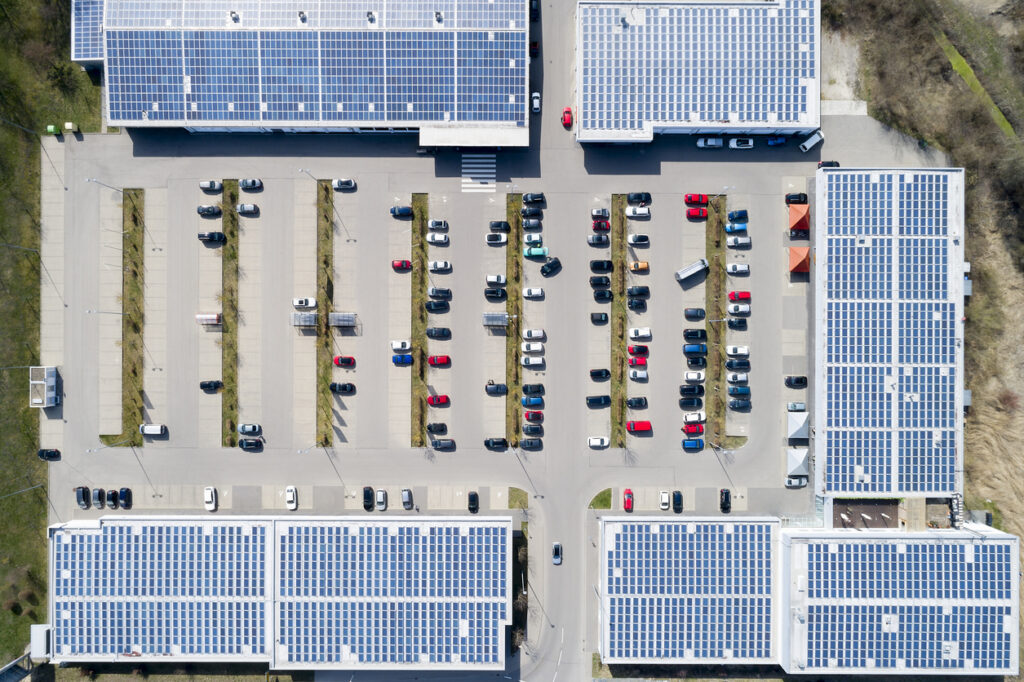Measuring the Impact of COVID-19: Urgent Care

In the latest of our series of articles measuring the impact of COVID-19 on brick-and-mortar businesses across the country, we now turn our attention to the healthcare space. In particular, we set out to evaluate whether urgent care operators have experienced shifts in consumer activity similar to those encountered by other sectors that Intalytics has previously evaluated.
For this analysis, Intalytics evaluated visits to hundreds of urgent care clinics located in the following states from January through mid-May:
- Delaware
- Maryland
- New Jersey
- Pennsylvania
- Virginia
Shelter in Place…
The chart below illustrates consumer activity over time for each rolling one-week period beginning in February and continuing through mid-May. Activity is indexed against average activity observed in January and February.

It is no surprise that urgent care centers have experienced a decline in visit activity similar in magnitude to retail and restaurant operators. Many shelter-in-place orders have imposed restrictions on individuals seeking non-emergency care, and urgent care clinics increasingly serve not only their patients’ urgent needs but also in many cases serve as a primary care alternative.
In addition, evidence suggests that patients are likely avoiding urgent care clinics (and physician’s offices and hospitals) whenever possible for fear of being exposed to other individuals who may be possible sources of coronavirus infection. While some of these missing patients may be self-treating or engaging with primary care physicians through virtual care visits, others may be simply choosing to either delay or forego caring for their needs entirely.
One additional factor that is likely contributing to reduced visits near-term – shelter-in-place orders limiting the very activities that serve as key drivers of urgent care volume. One example is the postponement (and in many cases, outright cancellation) of recreational sports leagues – no games played means no broken bones to treat. Another relates to consumer mobility in general – with far less frequent interactions with others, it is reasonable to speculate that we have seen reduced spread of seasonal cold and flu viruses.
Two important notes to call out:
- Consistent with other visits trending analyses conducted by Intalytics, visits in urban areas declined first. However, the most drastic decline was seen for locations across all levels of urbanicity at the same time, concurrent with the enactment of activity restrictions.
- Patients are slowly coming back. There is a small, gradual uptick in activity after a mid-April bottoming out. As economies partially reopen, visits will no doubt continue to increase.
Unless You Can’t
Clearly not everyone can avoid a trip to their doctor – the question is, who is still showing up at urgent care clinics in the midst of the ongoing pandemic? The data presented below differentiates between a “Pre-COVID” and “Post-COVID” time period centered on the date March 15, 2020. The share of patients seen in the Post-COVID time period have been indexed to the Pre-COVID patient base. Values above 1.00 indicate a greater share of visits comes from the Post-COVID cohort (after March 15th).

Compared to Pre-COVID patients, Post-COVID patients are:
- Coming from slightly farther away (+5% to +8%, or about 0.25 miles)
- Slightly younger and also slightly older (more likely to be under the age of 40 or over the age of 60)
- More likely to be African American or Hispanic
- Lower income with less education, and more likely to either be retired or found working in “essential” job categories (healthcare, building maintenance, transportation, and food service)
In short, these are the individuals who cannot avoid a visit – especially evidenced by the increase in median distance traveled, which is the opposite of what we have seen with other operators. Many of these patients (especially those likely to be retirees) may have been unable to secure a visit with their primary care physician – or found virtual care to be insufficient – and turned to a local urgent care provider that may have been farther away than their regular doctor. Others are likely those that continued to engage in frequent daily activity due to the nature of their jobs and find themselves needing care.
As shelter in place orders expire and individuals continue to transition into the new normal, the degree of permanence of these subtle shifts in profiles and service areas will need to be understood by those trying to reach new prospective patients and optimize their network of care. To learn more about how Intalytics can support your ambulatory strategies, please contact us for more information.
Related News
Carousel items












